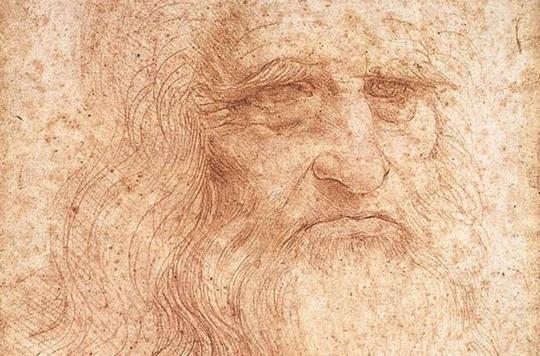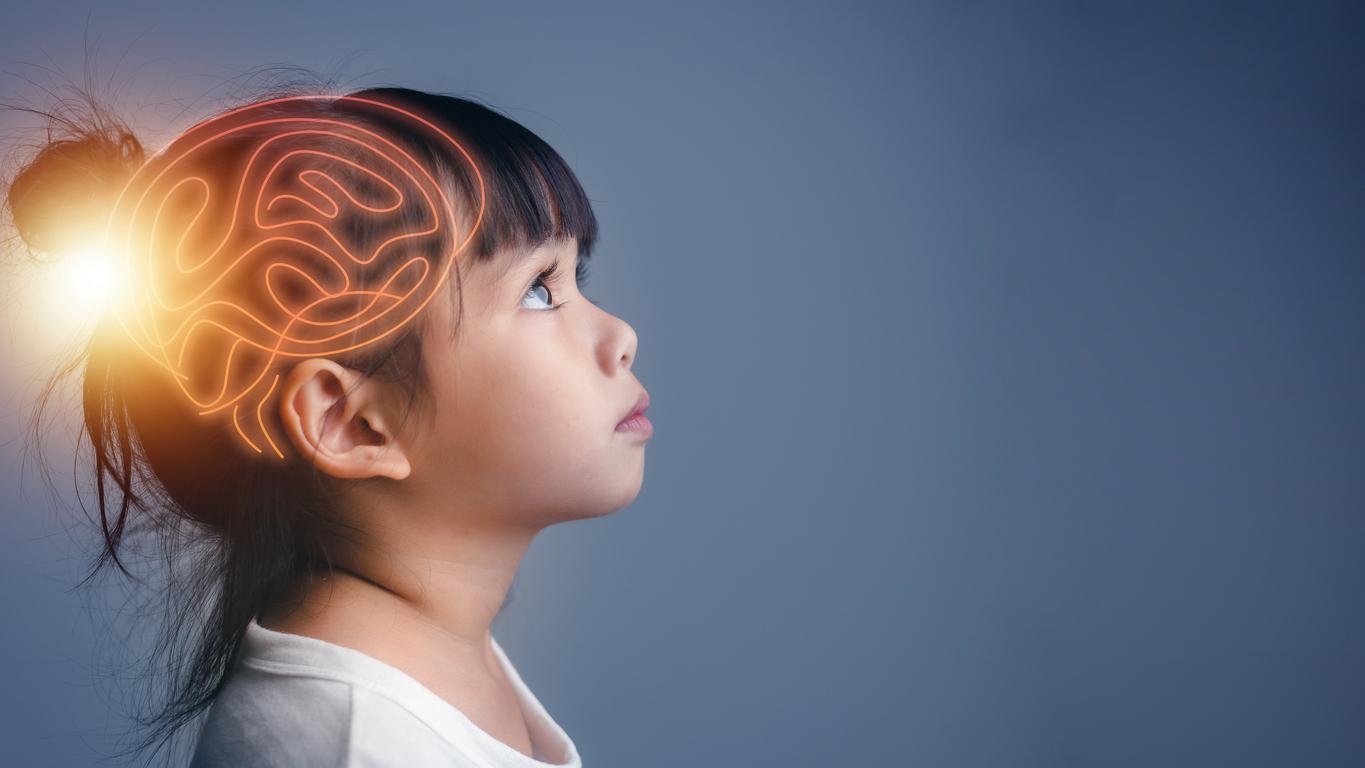According to a new thesis, Leonardo da Vinci suffered from attention deficit disorder with or without hyperactivity (ADHD).

Did the famous Italian genius Leonardo da Vinci suffer from ADHD? It is in any case the new thesis by Professor Marco Catani, researcher at King’s College London and specialist in this attention disorder.
“Although it is impossible to establish a post-mortem diagnosis for someone who lived 500 years ago, I am convinced that ADHD is the most plausible hypothesis to explain Leonardo da Vinci’s difficulty in completing his works. History shows that he spent a lot of time planning projects, but that he lacked perseverance”, he says. He adds: “ADHD could also explain his genius”.
Hyperactivity, impulsiveness and creativity
Author of The Mona Lisa, Leonardo da Vinci, born April 15, 1452 and died May 2, 1519, was a scientist, engineer, inventor, anatomist, painter, sculptor, architect, urban planner, botanist, musician, poet, philosopher and writer. As many hats as it is indeed possible to link to hyperactivity, impulsivity and creativity, three symptoms of ADHD.
To the chagrin of his patrons and sponsors, Leonardo da Vinci was also known for not finishing what he started. For example, he left without completing The Battle of Anghiari, a mural in the Great Council room of the Palazzo Vecchio in Florence. And he will retouch the Mona Lisa until the end of his life, without ever delivering it.
Difficulty maintaining attention
However, ADHD is also characterized by a difficulty in maintaining attention or a low perseverance to sustain an effort. “Children with ADHD fail to re-motivate themselves like their peers, and their level of motivation and willpower are very low compared to others their age when they lack interest in important tasks they have to perform. “, can we read on the site ADHD France.
Like many ADHD sufferers, Leonardo da Vinci also slept very little, working day and night through short naps. “Most of the adults I see in my clinic report having been intelligent and intuitive children, but developing symptoms of anxiety and depression later in life for failing to realize their potential”, continues Marco Catani. For him, the work of Leonardo da Vinci must contribute to seeing the positive in people with ADHD.
The prevalence of this disorder in the adult population is estimated to be around 4%. ADHD is not more common in boys than in girls, but it manifests differently: in general, boys show more hyperactivity and impulsiveness, while girls show more inattention.

.














